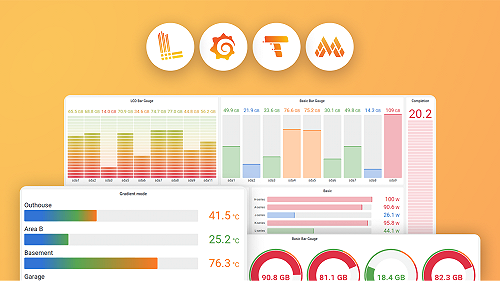Important: This documentation is about an older version. It's relevant only to the release noted, many of the features and functions have been updated or replaced. Please view the current version.
Element
Represents a DOM element matched by a Selection, and provides an API to inspect the element content.
Use Selection.get(index) to return an Element object.
The Element object provides a similar API to the DOM Element API to retrieve element information.
Additionally, Element can provide more methods depending on the Element type.
AnchorElement: hash, host, hostname, port, username, password, origin, pathname, protocol, relist, search, text.
ButtonElement: form, formAction, formEnctype, formMethod, formNoValidate, formTarget, labels, name, value.
CanvasElement: width, height
DataListElement: options
FieldSetElement: elements, type, form
FormElement: elements, length, method
InputElement: form
LabelElement: control, form
LegendElement: form
LinkElement: relList
MapElement: areas, images
ObjectElement: form
OptionElement: disabled, form, index, label, text, value
OutputElement: value, labels
ProgressElement: max, value, position
ScriptElement: text
SelectElement: form, length, options, selectedOptions, selectedIndex, value
StyleElement: text
TableElement: caption, thead, tbody, tfoot, rows
TableCellElement: cellIndex, colSpan, rowSpan, headers
TableRowElement: cells, colSpan, sectionRowIndex, rowIndex
VideoElement: textTracks
TitleElement: text
Example
import { parseHTML } from 'k6/html';
import { sleep } from 'k6';
export default function () {
const content = `
<dl>
<dt id="term-1">Value term 1</dt>
<dt id="term-2">Value term 2</dt>
</dl>
`;
const sel = parseHTML(content).find('dl').children();
const el1 = sel.get(0);
const el2 = sel.get(1);
console.log(el1.nodeName());
console.log(el1.id());
console.log(el1.textContent());
console.log(el2.nodeName());
console.log(el2.id());
console.log(el2.textContent());
sleep(1);
}import { parseHTML } from 'k6/html';
import { sleep } from 'k6';
export default function () {
const content = `
\t<a href="http://username:password@example.com:80" rel="prev next" target="_self" type="rare" accesskey="q" hreflang="en-US" media="print">6</a>
`;
const el = parseHTML(content).find('a').get(0);
console.log(el.nodeName());
console.log(el.innerHTML());
console.log(el.host());
console.log(el.hostname());
console.log(el.protocol());
sleep(1);
}

